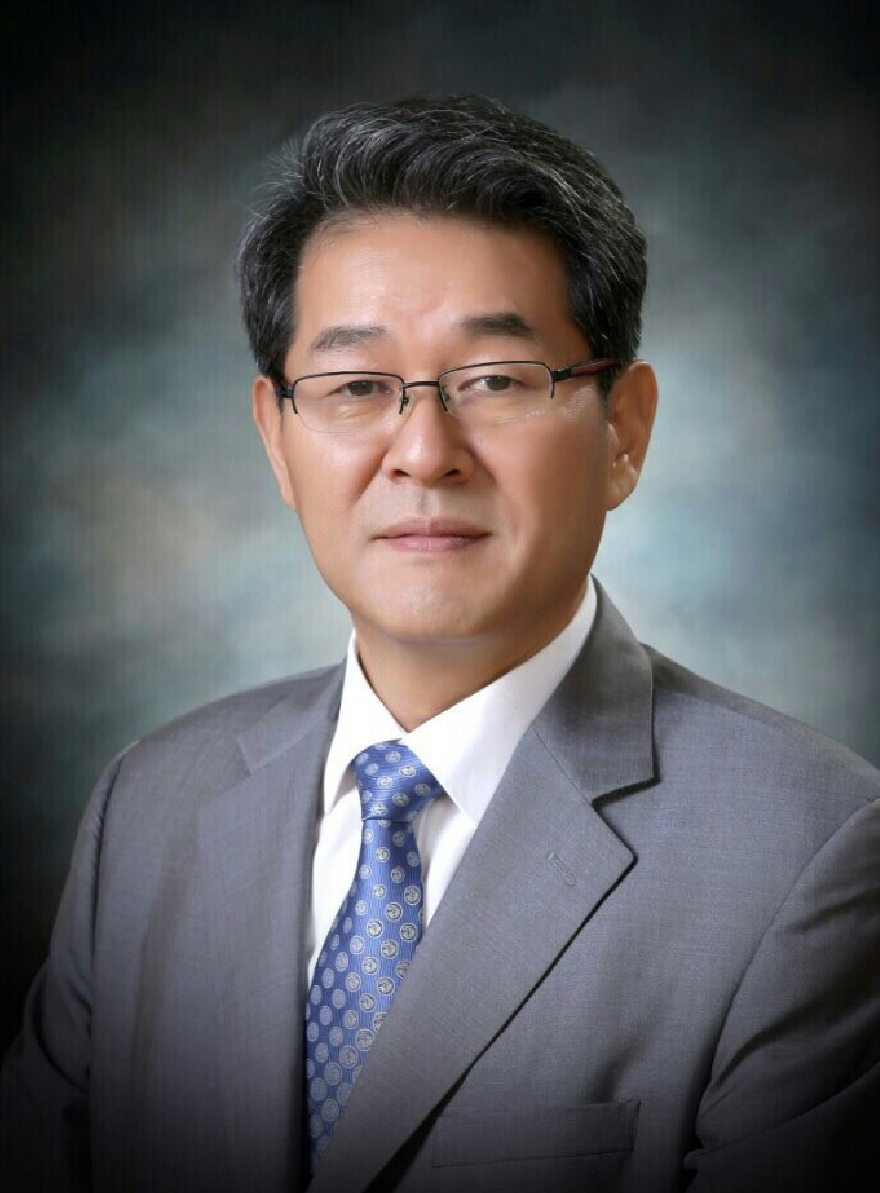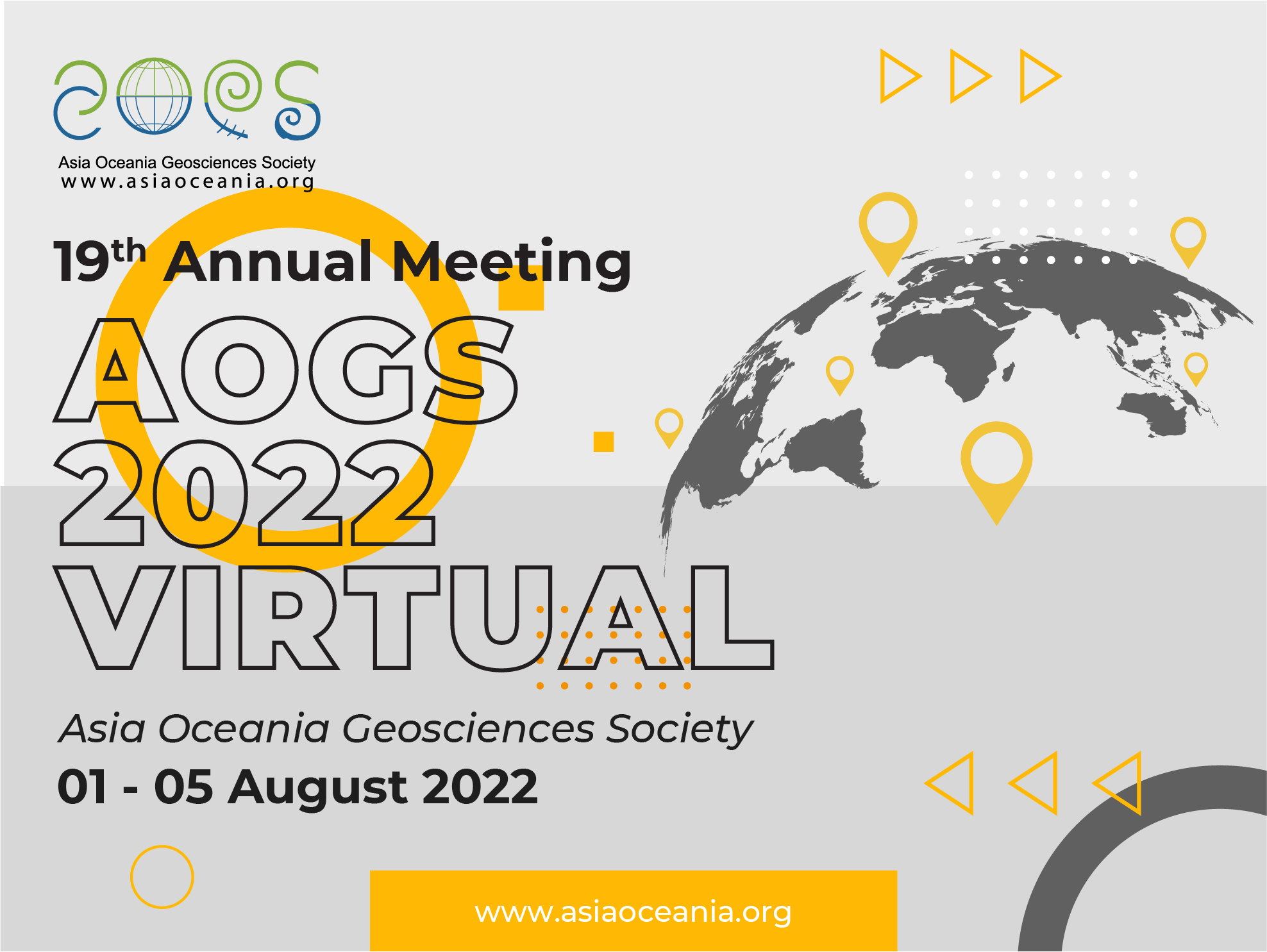
Deg-Hyo BAE
Program uses Singapore Time and is 8 hours ahead of GMT
HS Distinguished Lecture/Live Q&A Tue-02 Aug 08:45 – 09:30
Meteohydrology: Hydrologic Modelling Techniques Using Weather Forecasting Information
The utilization of short and long-term weather forecasting information is crucial for real-time hydrologic forecasting such as floods, droughts, dam operation, and water resources management. In addition, the climate change impact assessment on water-related areas is also used from the precipitation and temperature predictions of GCMs (Global Climate Models) under the IPCC scenarios. Nevertheless, there is yet no appropriate terminology to define the application of weather forecasting information for hydrologic forecasting, although the term hydrometeorology, which is defined as a branch of meteorology and hydrology that studies the transfer of water and energy between the land surface and the lower atmosphere (Wikipedia), exists. Therefore, this study proposes the coining of a new terminology, meteohydrology, which studies real-time flood forecasting, water resources management, drought outlook, and climate change impact assessment on water resources by using weather forecasting information. The understanding of weather forecasting information including the accuracy of precipitation forecasts according to temporal and spatial scales, nowcasting within a 2-hour forecast by a weather radar, very short-range forecasts (VSRF) within 12 hours by KLAPS (Korea Local Analysis and Prediction System), short-range forecasts (SRF) within 12-72 hours by the unified model (UM) based on GDAPS (GUM) and RDAPS (RUM) numerical models, long-range forecasting up to 1-3 months by the global seasonal forecasting system (GloSea5 model), and climate change prediction by global climate models (GCMs) in Korea are introduced in the first part of this presentation. Thereafter, the development of hydrologic models using various weather forecasting information are discussed. The flash flood forecasting system using radar precipitation is developed and the accuracy assessments of single and dual-polarization radars with the bias adjustment method are analysed. The SURR model is developed for the deterministic and stochastic flood forecast using short-range weather forecast data. A drought outlook system is also suggested for meteorological, agricultural, and hydrological droughts using the VIC and GloSea5 models. In addition, the Bayesian technique is used for the improvement of drought forecasting accuracy. Finally, the scientific and technical issues on climate change impact assessment and adaptation of Korean water resources are discussed in this study.
Dr. Bae is a native of South Korea. He received his B.E. degree from Yonsei University, Seoul, Korea in 1983 and M.E. and Ph.D. degrees from the University of Iowa, USA in 1989 and 1992, respectively. After he received his Ph.D. degree, he worked for USDA-ARS as a research scientist for two years in Oregon, USA. He came back to Korea in 1994 and has been working at Sejong University, Seoul, Korea as a professor since 2001. He teaches Hydrology and Water Resources Engineering for undergraduate students and Hydrometeorology and Statistical Hydrology for graduate students. Now, he serves as the president of Sejong University and a research leader for the group of Climate Change Adaptation on Water Resources (CCAW).
His areas of academic interests include climate change and variability study, atmosphere and surface runoff interaction study, real-time flood and flash flood prediction system development, radar rainfalls and their hydrologic application, and GIS-based water resources engineering. His current research topics are climate change impact assessment and adaptation of water resources in Korea, green infrastructure technology for climate change, development of the drought outlook system using monthly weather forecast information, and development of the radar-based flood and flash food forecasting system.
He was honored outstanding paper awards from several water-related societies and served as the associate editor for the Journal of Hydro-environment research, Elsevier, and the associate editor of KSCE and KWRA of Korea. He has also served as the director of the Climate Change Adaptation on Water Resources (CCAW) and president of the Korean Water Resources Association. He worked for AWCI as a Korean representative and co-chair of the climate change division of GEOSS/AWCI. He published more than 180 peer-reviewed papers on meteohydrology areas including climate change impact and adaptation studies.

Deg-Hyo BAE
Sejong University
